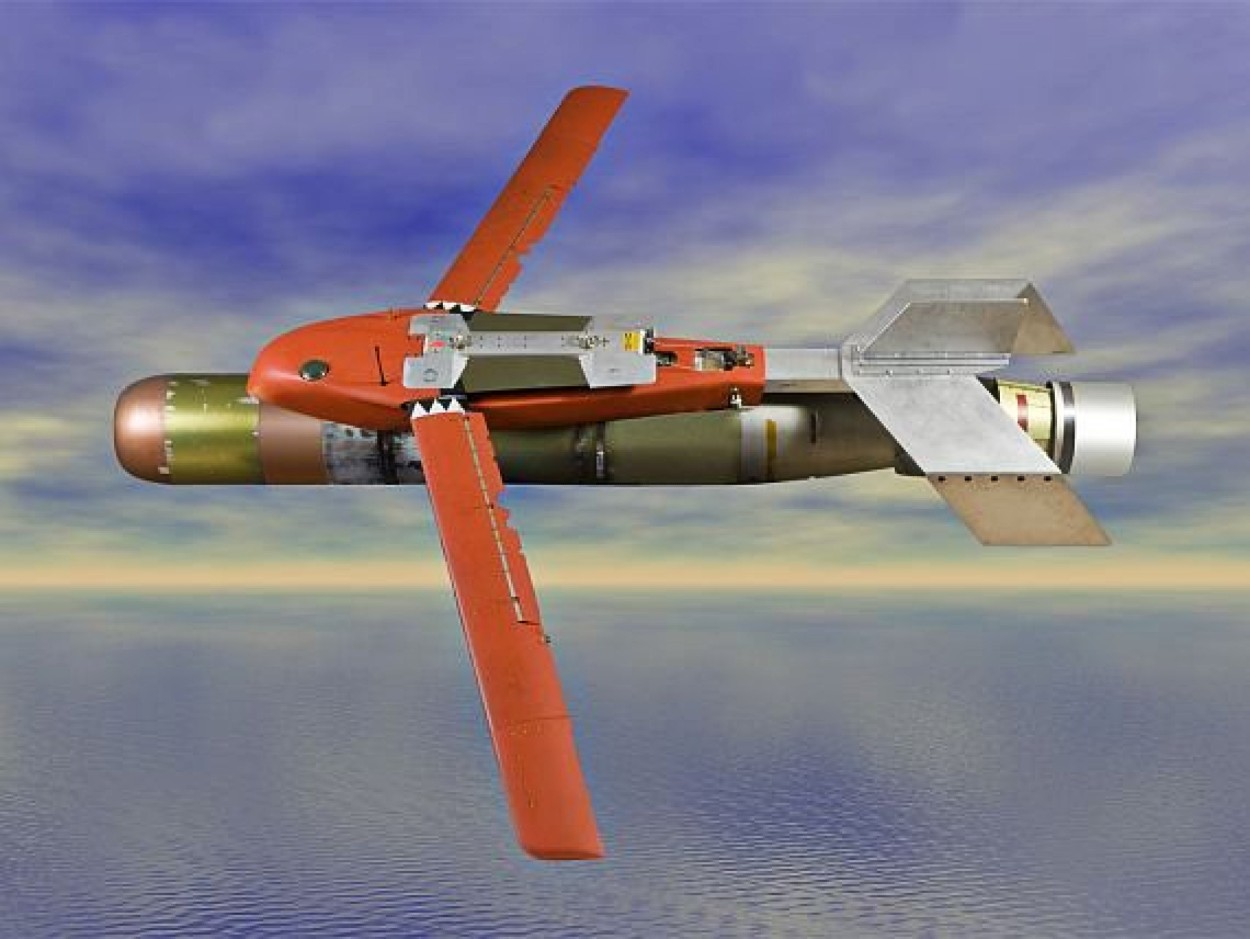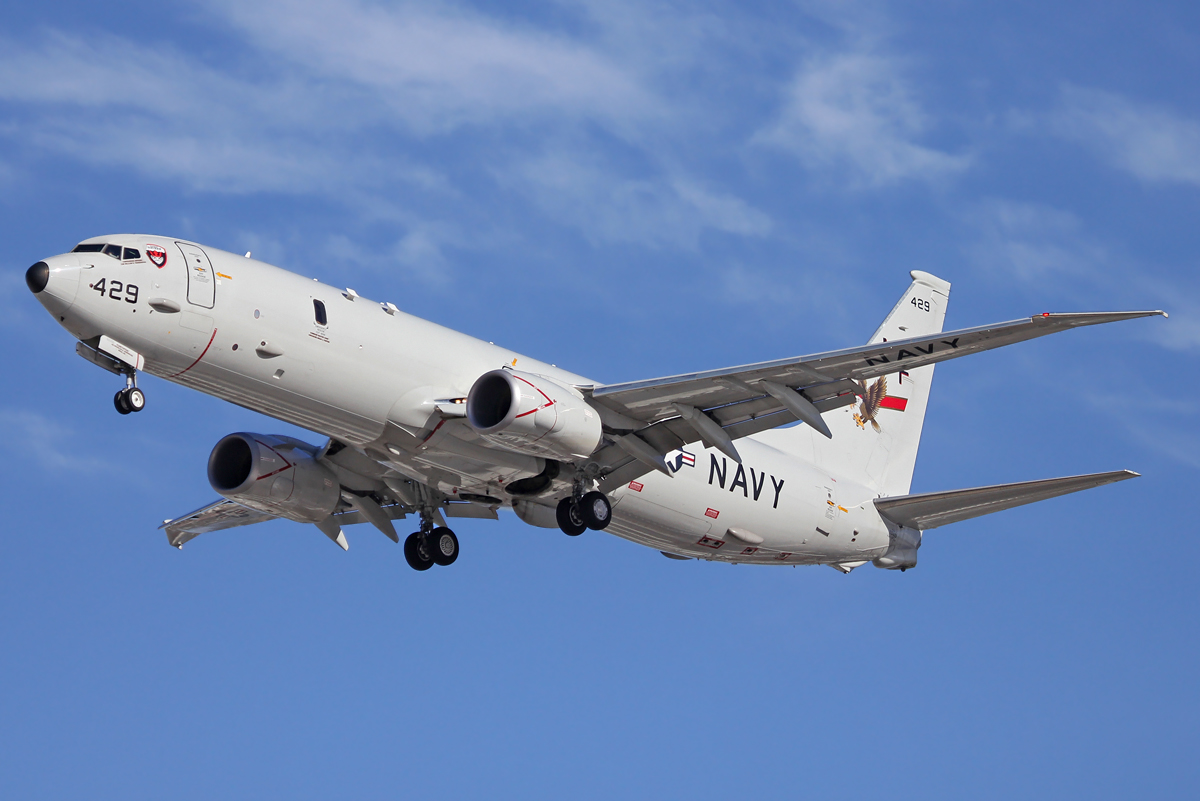Boeing will soon develop launch kits for the US Navy’s Mark 54 (Mk 54) torpedo, allowing them to be dropped from 30,000 feet from anti-submarine warfare (ASW) aircraft and attack enemy subs from long ranges and high altitudes.
Russian Air Force’s ‘Biggest Loss’ In Ukraine War: Why Shooting Down Of IL-22 Aircraft Is ‘Punch In The Face’ For Kremlin
This “flying torpedo” would be the first-of-its-kind system that would eliminate the need for planes to come close to the water to release anti-submarine weapons.
Called the High Altitude Anti-Submarine Warfare (HAAWC) Air Launch Accessory (ALA), it will be installed on the Mk 54s by Boeing Co. Defense, Space & Security as a part of a $12 million Naval Sea Systems Command (NSSC) contract.
The Mk 54s are a Raytheon product and are usually fired by the P-8A Poseidon maritime surveillance and ASW aircraft operated by the US Navy. The Indian Navy too uses an iteration of the aircraft christened the P-8 India (P-8I) Poseidon.
Amid rising tensions with China, where a naval clash will characterize a possible war between the two superpowers in the western Pacific, the system offers a massive tactical advantage in a standoff ASW strike that largely stays away from the range of many surface-to-air missiles (SAM).
From Torpedo To ‘Flying Torpedo’
The HAAWC ALA enables the Raytheon MK 54 torpedo to glide through the air from altitudes as high as 30,000 feet – essentially transforming the torpedo into a glide weapon that can attack enemy-submerged submarines from long ranges.

As the torpedo nears the water, it jettisons its wings and tail and takes on its original role as a smart torpedo. After shedding these control surfaces, the HAAWC ALA releases a parachute from the back that breaks its fall and enters the water.
From there onwards, it begins its run toward the target. The torpedo can detect, track, and attack enemy submarines autonomously.
When launched from 30,000 feet, the HAAWC-equipped MK 54 torpedo will glide for seven to ten minutes before entering the water. While in flight, the HAAWC glide weapons are entirely self-contained.
The ALA includes a flight-control computer, a GPS-based navigation system, and power sources. The control surfaces move around to steer the munition toward the target through the air.
Tactical Advantage
Anti-submarine fixed-wing aircraft and helicopters had to release torpedoes from altitudes no higher than about 100 feet. While this might not always pose a threat to the aircraft, as a submarine cannot attack an overhead plane, especially from under the water, during conventional fleet-on-fleet combat with an adverse navy, the plane having to descend can entail coming within range of ship-borne medium-range surface-to-air missiles (SAM).
“But the HAAWC will enable the P-8A aircraft to maintain optimum surveillance altitudes without wasting time and fuel to descend and then go back to high patrol altitudes. Attacking from high altitudes also enables the P-8A to reduce the time between target acquisition and attack and launch anti-submarine weapons outside the ranges of shore-based anti-aircraft defenses,” said a report on Military Electronics and Aerospace.
The Mk 54 is an all-digital lightweight torpedo with advanced software algorithms originally developed for the larger submarine-launched Mark 48 torpedo.

India has bought the Mk 54, too, as they had to be purchased separately for the P-8I aircraft. In December 2021, it was reported that the Ministry of Defense signed a contract with the US government to procure an MK-54 Torpedo and expendables (chaff and flares) for Rs 423 crore.
In April of that same year, the US Department of State approved this Foreign Military Sale to India at an estimated cost of $63 million. The principal contractor for the first deal is Raytheon Integrated Defense System.
The Boeing HAAWC ALA for the MK 54 torpedo consists of wings designed originally for the Boeing AGM-84H/K Standoff Land Attack Missile-Expanded Response (SLAM-ER).
The tail assembly, meanwhile, includes the guidance kit designed originally for the Joint Direct-Attack Munition (JDAM), which contains a GPS navigation system.
This allows the munition to also go through cloud cover. Boeing is also fitting the HAAWC with a data link to transmit target position updates while in flight.
The HAAWC ALA is much like the Paveway series of laser-guided bomb modules by Lockheed Martin and Raytheon for various series of unguided drop bombs in the US Air Force (USAF) and US Navy’s (USN) inventory.
- The author can be reached at satamp@gmail.com
- Follow EurAsian Times on Google News




